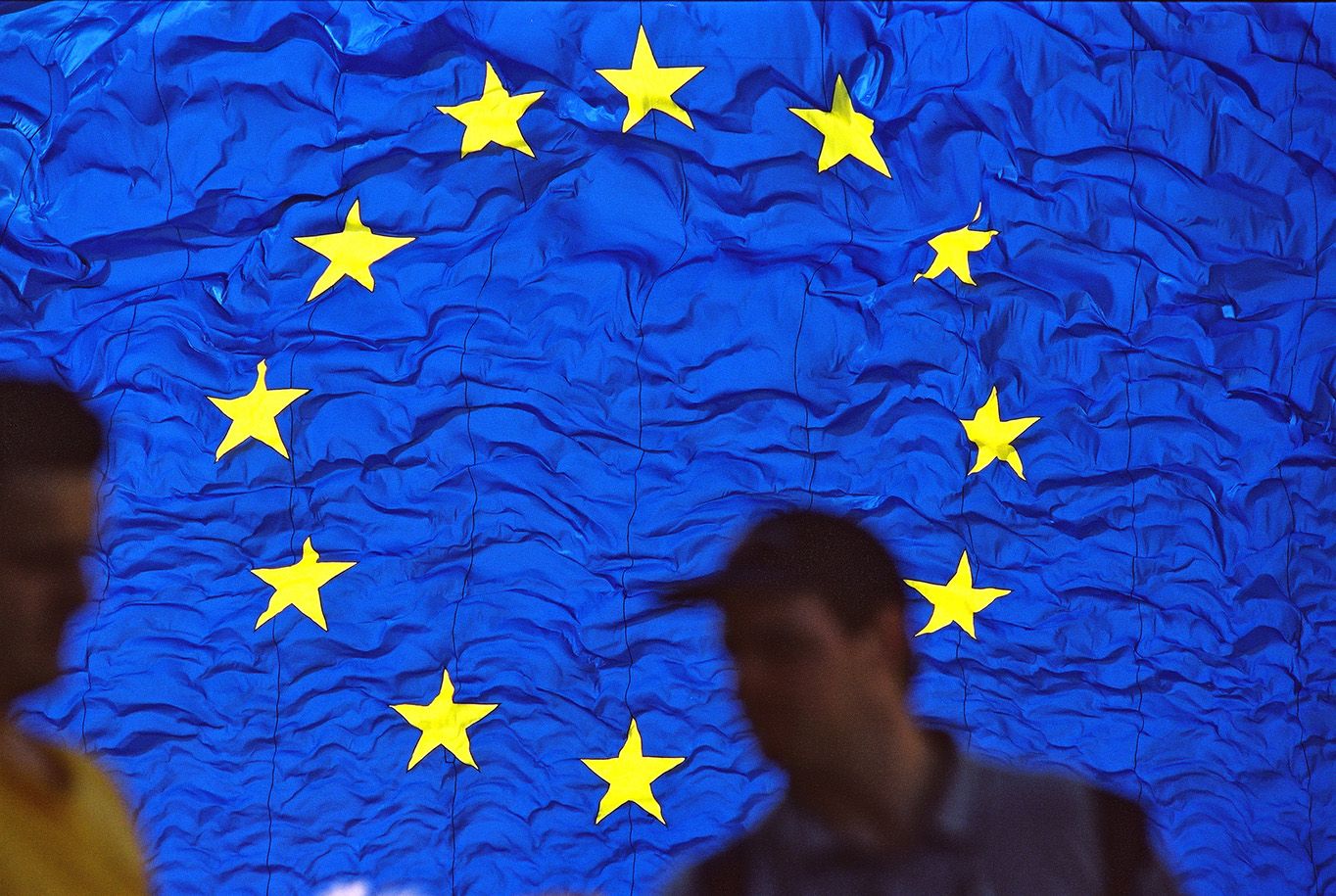Esma Regulations to Impact European Markets
- Written by: Sam Coventry
-

Image © European Commission Audiovisual Services
In the intricate landscape of European financial markets, regulatory frameworks play a pivotal role in ensuring stability, transparency, and investor protection.
At the forefront of this regulatory oversight is the European Securities and Markets Authority (ESMA). Established to harmonise financial market regulations across the European Union (EU), ESMA's directives and regulations have profoundly influenced market operations, participant behaviours, and the overall integrity of the financial ecosystem.
This article delves into the essence of ESMA, its key regulations, their impact on European markets, and anticipates the authority's future trajectory.
What is ESMA?
The European Securities and Markets Authority (ESMA) is an independent EU authority tasked with enhancing the stability and integrity of financial markets across Europe.
Formed in 2011 as part of the European System of Financial Supervision (ESFS), ESMA replaced the Committee of European Securities Regulators (CESR) and took on broader responsibilities in response to the 2008 financial crisis.
ESMA’s core mission is to improve investor protection and promote orderly markets. It does this by developing a single rulebook for EU financial markets, fostering supervisory convergence among national regulators, and directly supervising certain market entities, such as credit rating agencies and securitisation repositories.
The authority works closely with other EU bodies like the European Banking Authority (EBA) and the European Insurance and Occupational Pensions Authority (EIOPA) to ensure a harmonised approach to financial regulation. ESMA also provides technical advice to the European Commission and monitors risks that could threaten financial stability within the EU.
Key Regulations and Directives Under ESMA
ESMA plays a central role in shaping the European financial landscape through a range of regulations, directives, and technical standards. Some of the most influential initiatives under
its umbrella include:
MiFID II (Markets in Financial Instruments Directive II)
One of the cornerstone regulations, MiFID II aims to increase transparency, improve investor protection, and standardise trading practices across EU markets. It introduced stricter rules
for trading venues, product governance, and reporting obligations.
EMIR (European Market Infrastructure Regulation)
EMIR focuses on reducing systemic risk in the derivatives market. It mandates central clearing for standardised OTC derivatives, reporting obligations for trades, and risk mitigation techniques for non-cleared trades.
SFTR (Securities Financing Transactions Regulation)
This regulation enhances transparency in securities lending and repurchase agreements by requiring detailed transaction reporting to registered trade repositories.
Prospectus Regulation
This simplifies and standardises the rules for publishing prospectuses when securities are offered to the public, making it easier for companies to raise capital while protecting investors.
Benchmarks Regulation (BMR)
Introduced in response to benchmark manipulation scandals, this regulation ensures the integrity of financial indices used in financial instruments and contracts.
Experts from RationalFX emphasise that understanding and adapting to these frameworks is essential for firms seeking to remain competitive while ensuring full regulatory compliance across the EU.
Market Impact of ESMA Regulations
ESMA’s regulatory framework has significantly reshaped the European financial landscape, affecting everything from trading behaviour to broker-client relationships. One of the most notable changes came with MiFID II, which introduced stricter transparency requirements.
Trading volumes have increasingly shifted to regulated trading venues and systematic internalisers, reducing reliance on opaque over-the-counter (OTC) markets and improving price discovery.
Retail traders have also been directly impacted. ESMA’s product intervention measures, particularly in the CFD and binary options markets, imposed leverage caps and negative balance protection, aiming to limit excessive risk and protect retail investors.
These rules led to more conservative trading environments and prompted many brokers to adjust their
business models or marketing strategies.
In the institutional space, ESMA’s regulations have promoted greater standardisation and efficiency, especially in derivatives clearing under EMIR. However, compliance costs have increased for financial firms, particularly smaller entities.
Overall, ESMA’s influence has led to greater transparency, stronger investor protections, and more harmonised regulation, but it has also introduced new operational challenges for financial institutions navigating this evolving regulatory environment.
Future Outlook: What’s Next for ESMA?
As financial markets continue to evolve, ESMA is expected to expand its regulatory scope to address emerging challenges, particularly in areas such as sustainable finance, crypto-assets, and digital innovation. The authority has already begun working on the implementation of the Markets in Crypto-Assets Regulation (MiCA), which aims to create a unified framework for digital asset regulation across the EU.
Another major focus is green finance and ESG disclosures. ESMA is playing a key role in standardising sustainability reporting and ensuring that financial products marketed as “green” or “ESG-compliant” meet strict transparency criteria.
Additionally, ESMA is likely to increase its efforts in supervisory convergence, aiming to reduce regulatory arbitrage between member states. Enhanced use of technology, such as artificial intelligence in market surveillance, is also on the horizon.
Looking ahead, ESMA’s role will be increasingly vital in navigating the complexities of modern markets, balancing innovation with investor protection and financial stability.
Conclusion
The European Securities and Markets Authority (ESMA) has become a driving force in shaping the integrity and efficiency of Europe’s financial markets. Through a wide range of regulatory initiatives—from MiFID II to EMIR—ESMA has enhanced transparency, curtailed abusive practices, and elevated investor protection standards across the EU. Its efforts have not only harmonised rules among member states but also rebuilt confidence in the post-crisis financial system.
Looking ahead, ESMA’s influence will extend even further as it tackles complex challenges such as crypto-asset regulation, ESG compliance, and digital innovation. Its evolving mandate reflects the growing need for agile, forward-thinking oversight in an increasingly global and tech-driven market environment.
For market participants—from retail traders to institutional investors—understanding and adapting to ESMA’s regulatory landscape is no longer optional; it is a prerequisite for sustainable success. As markets evolve, ESMA will remain central to ensuring they do so in a fair, secure, and transparent way.




